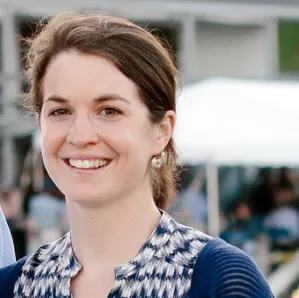
Around the globe, glaciers and ice sheets are shrinking, raising sea levels at an accelerating rate. Ocean warming has been implicated as a driver of glacier retreat, with submarine melting as the presumed link. However, at the termini of tidewater glaciers – where glaciers meet the ocean with a near-vertical ice cliff – we lack observations of submarine melting or the oceanic processes that control melt. Instead, many studies rely on untested theory and parameterizations to estimate submarine melt rates. These frameworks often hinge on buoyant plumes, whose small-scale dynamics can modulate both the ocean’s impact on the glacier through melting and the glacier’s impact on the ocean through freshwater input. In this talk, I will present ocean surveys from two complementary field campaigns at Kangerlussuup Sermia, Greenland, and LeConte Glacier, Alaska. At both sites, autonomous vessels surveyed near the glacier, in a region that is otherwise inaccessible due to iceberg hazards, while simultaneous measurements were collected downstream from a ship and upstream on the glacier. We assess the structure and dynamics of upwelling plumes, both the energetic primary plumes and weaker secondary plumes, and the links between plumes, submarine melting, and glacier dynamics. We propose modifications to the standard approach for parameterizing melt, aiming to improve models of ocean-glacier interactions and work towards more accurate projections of sea level rise.
*Refreshments: 10:30 AM - 11:00 AM (Atrium)